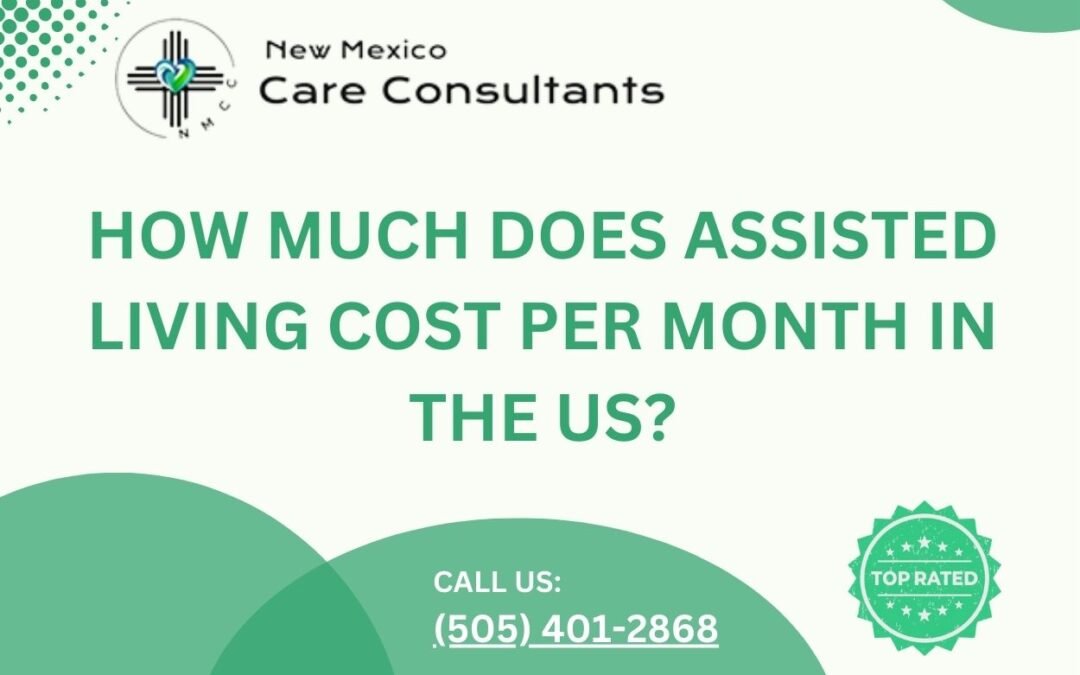As individuals and families consider senior living options, understanding the financial aspects of assisted living is a crucial component of the decision-making process. The cost of assisted living in the United States can vary based on factors such as location, level of care needed, and amenities provided by the facility. In this article, we delve into the average monthly cost for assisted living in the US and the factors influencing these costs.
Average Monthly Cost for Assisted Living:
The average monthly cost for assisted living in the US is influenced by a range of factors, making it essential to consider various elements when estimating potential expenses. As of recent data, the national average for assisted living costs typically falls within the range of $3,500 to $7,000 per month. However, it’s crucial to note that these figures are approximate, and actual costs can vary significantly based on geographic location and individual circumstances.
Factors Influencing Assisted Living Costs:
- Geographic Location:The location of the assisted living facility is a primary determinant of costs. Urban areas and regions with a higher cost of living tend to have more expensive assisted living options. On the other hand, facilities in suburban or rural areas may have lower costs.
- Level of Care Needed:The level of care required by an individual significantly influences the monthly cost. Residents who need more extensive assistance with activities of daily living (ADLs), medication management, and healthcare services may incur higher expenses.
- Amenities and Services:Assisted living facilities offer various amenities and services, such as meal plans, recreational activities, transportation, and housekeeping. The inclusion of these services can impact the overall cost, with upscale facilities offering more amenities at a higher price.
- Private vs. Shared Accommodations:The type of living arrangement chosen by the resident, whether private or shared accommodations, can affect costs. Private rooms typically come at a higher price than shared living spaces.
- Facility Size and Reputation:The size and reputation of the assisted living facility also play a role in cost considerations. Larger, more reputable facilities with a range of services may have higher monthly fees.
- Specialized Care Needs:Residents with specialized care needs, such as those with memory care requirements or chronic health conditions, may incur additional costs. Facilities offering specialized care services often have dedicated staff and resources, contributing to higher fees.
- Entry Fees and Contracts:Some assisted living communities may require entry fees or long-term contracts. These fees can vary widely and may cover certain services or amenities. It’s essential for individuals to carefully review contract terms before committing to an assisted living facility.
Additional Considerations:
- Financial Assistance:Some individuals may be eligible for financial assistance programs that can help offset the costs of assisted living. Medicaid, Veterans Aid and Attendance benefits, and long-term care insurance are among the options to explore.
- Tax Deductions:Certain expenses related to assisted living may be tax-deductible. Individuals and families should consult with tax professionals to understand potential deductions and credits.
- Negotiation and Research:Families should not hesitate to negotiate costs with assisted living facilities. Additionally, thorough research and facility tours can help individuals find options that align with their budget while meeting their specific needs.
Conclusion:
The average monthly cost for assisted living in the US is a crucial factor in senior living planning. While the national average provides a general guideline, it’s essential to recognize the diverse range of costs influenced by geographic location, level of care, amenities, and facility reputation. Families and individuals exploring assisted living options should conduct thorough research, consider their financial capabilities, and explore potential financial assistance programs to make informed decisions that ensure quality care and a comfortable living environment. As the landscape of senior living continues to evolve, staying informed about costs and available resources is integral to achieving a balance between financial considerations and the well-being of older adults in assisted living communities across the country.

